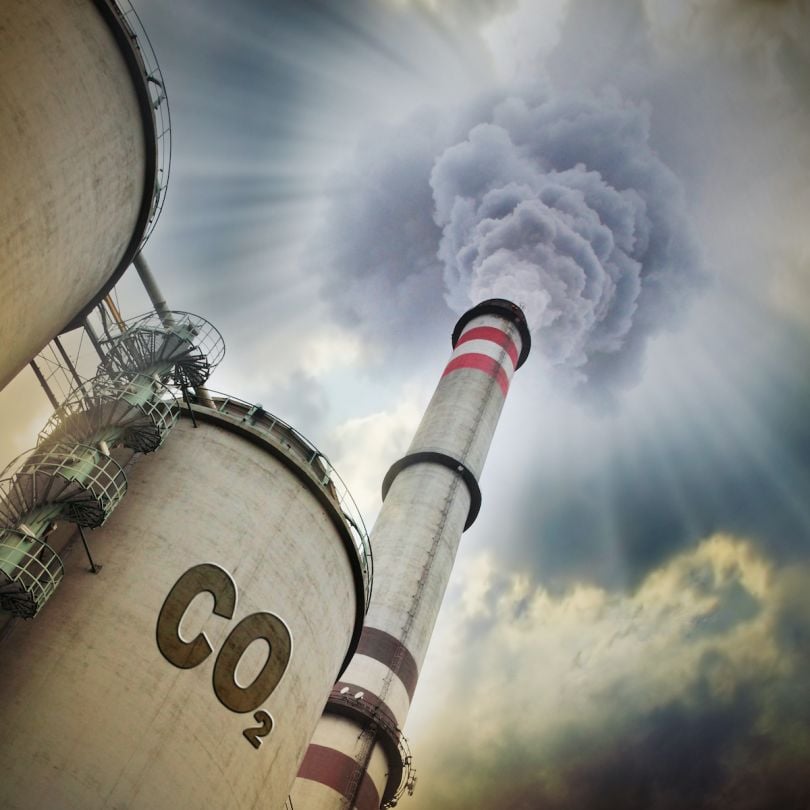Veteran tech journalist Kara Swisher rarely minces words. When she says or writes something, she usually means it. That’s why it was so striking when she declared this in a late-January column for the New York Times: “[T]he world’s first trillionaire will be a green-tech entrepreneur.”
Swisher adds, for emphasis: “That’s trillionaire. With a T.”
But achieving that uber-lofty milestone, and helping to preserve the planet by more intensively addressing climate change, requires significant investment capital. So far, Swisher lamented, no prominent figures are offering it save tech titans Elon Musk and Bill Gates.
That’s partly because green-tech growth requires research, and research requires time and time means no quick financial returns. Surely history plays a role too. By the end of 2011, a years-long green-tech (aka “clean-tech”) bubble that saw tens of billions of dollars pumped into the industry had burst, leaving many VCs jaded and afraid. As Wired put it at the time, “The entrepreneurs and tech investors who had transformed media and communications were ready to make Silicon Valley the Saudi Arabia of clean energy.”
It didn’t happen. Which isn’t to say it won’t ever happen. Maybe it’ll even make someone a trillionaire and do wonders to help mitigate the ever-looming existential threat that is climate change. As with any hugely complicated endeavor, however, progress is incremental. But the fact that it’s ramping back up, insiders say, could indicate good things ahead — for tech companies, investors and humankind.
IN THE BEGINNING...
But before we get into that, here’s a little historical context. Around 2006, VC investment in greentech, which was then called cleantech and now is sometimes dubbed climatech, began to rev up. Lots of folks with lots of money were gung-ho, and gobs of cash poured in from firms and individuals who were sure this save-the-planet stuff would pay off big. And they let it ride until it could ride no more. The 2008 market collapse certainly didn’t help matters. By 2012, poked full of holes by slow technological progress and scalability issues that led to a dearth of profits, the cleantech-greentech bubble looked like this.
Investors Dan Goldman and Eric Berman said aversion to risk and the inability to scale were big factors.

“During the initial boom, there was a lot of focus on funding technologies that needed a lot of capital, including manufacturing and biofuels,” said Goldman, co-founder and managing director at Clean Energy Ventures in Boston. “Many of the venture capital firms that did that were counting on follow-on capital from private equity and other sources, but simply weren’t willing to take that risk to scale up the technology.”
Berman, president and co-chair of the Seattle-based cleantech angel investment firm E8, said that, during the first boom, investors learned that scaling up is no simple task and that “physics actually imposes some constraints on what you can do. What we thought we could do with small amounts of investment required larger amounts of investment.”

OLD BOOM VS. NEW BOOM
In a 2016 op/ed for the Financial Times titled, “Clean Energy Technology Investors Need Fresh Support After VC Losses,” Benjamin Gaddy and Varun Sivaram of the Chicago-based Cleantech Energy Trust summarized a report they released (with colleague Frank O’Sullivan) through the MIT Energy Initiative. “It is unrealistic,” the report concluded in part, “to expect VCs to return to cleantech in a big way — over the last decade, they have invested nearly $40bn in the sector and may lose up to half of it. Commercialising cleantech will require a more diverse set of actors and funding models.”
In addition, a subsequent blog post noted, “the magnitude of the problem will require new breakthroughs.” And while there has been “a substantial evolution of the [cleantech] ecosystem since the boom and bust, the battle is not won yet.”
Four years later, that’s still the case. But those who are fighting the battle, whether to save the planet or turn a profit or both, now have tactics and resources at their disposal that weren’t available before. The ecosystem, insiders say, has changed for the better and is far more supportive of cleantech startups and initiatives. Are hundreds of millions of dollars pouring in like before? Except for outsized cash infusions from multi-billionaire businessmen and philanthropists like Musk and Gates, the answer is mostly no. But the infrastructure within which to innovate and scale is far sturdier, which gives investors more confidence that their money won’t go to waste.
“We really have a different ecosystem today than we had [before],” Goldman said. And that includes many, many more strategics. We have funders of basic research, which are either philanthropic groups and foundations or incubators and accelerators, as well as state programs. And then there are early stage funders like our fund, Clean Energy Ventures, CEVG and E8, although there’s still a pretty big gap in that area.”
“I think many of us feel as though we missed an opportunity over the last 20 years to really reduce our carbon footprint.”
Even though investors are far more selective in the companies they fund, Goldman said, there’s more “urgency” involved as climate change predictions grow increasingly dire. “I think many of us feel as though we missed an opportunity over the last 20 years to really reduce our carbon footprint.”
Because large companies like Tesla and Panasonic, as well as various government research facilities and universities, have already funded lots of greentech innovation — like more efficient lithium batteries to power electric vehicles, for instance — smaller tech innovators can build on those improvements without incurring infeasible expenses. That’s a major driver of this current greentech resurgence, Berman said. “There’s really no technical risk these days,” he said. “The technologies have become so commoditized and mainstream that it’s really about deployment capital rather than innovation capital. It’s about just getting stuff out there, and you can do that profitably for a fairly modest return.”

Echoing Goldman, Berman also talks of alternative financing possibilities that involve VCs buying shares in greentech startups, or maybe taking on debt makes sense if it can be appropriately risk-adjusted. E8 is even setting up a philanthropic greentech fund to which donors contribute money, write it off, and E8 manages those funds “behind a 501-C3 wall.” The difference is, E8 can turn a profit. Here’s how it works, according to Berman: “As long as it’s consistent with our mission of reducing climate change and preserving the environment, we can then invest that pile of money for profit in startup companies to build out EV charging infrastructure or solar panels or solar roofs and things like that. Because the profits can’t go back to the donor, they go back into that pile of money to be redeployed again.”

WHAT NEEDS TO HAPPEN GOING FORWARD
In describing the path forward, both Berman and Goldman are clear on one thing: it has to be profit-centric. Concern for the environment can definitely be a motivating factor for investors to provide funding; it just can’t be the motivating factor. Because tech that’s good for the planet — that helps mitigate the soon-to-be-irreversible climate change apocalypse that scientists warn is bearing down on us — is useless if it doesn’t exist. And it won’t exist if there’s no reason for its existence beyond a sense of environmental stewardship and climate concern. Altruism goes only so far.
“The traditional naysayer argument that the environment and economic growth are in conflict is nonsense. Rather, they’re in concert.”
“If we can’t make it profitable,” Berman said, “we’re toast. So it’s important to me to prove that you can do this profitably. The traditional naysayer argument that the environment and economic growth are in conflict is nonsense. Rather, they’re in concert.”
Asked if Swisher’s prediction — that climate change technology could eventually make someone trillions — seems feasible, Goldman is unsure but not dismissive.
“It’s hard for me to think about someone cornering such a diverse market like this,” he said. “And I’m just not creative enough to think about whether there could be an Amazon of clean energy. What I would say is if you look at some of the in-depth reports that have been published in the last six months by Morgan Stanley, UBS and Goldman Sachs, they’ve all said it will take trillions and trillions of dollars over the next 20 to 30 years to address climate change. So when you think about the magnitude of that, I guess it’s possible.”




